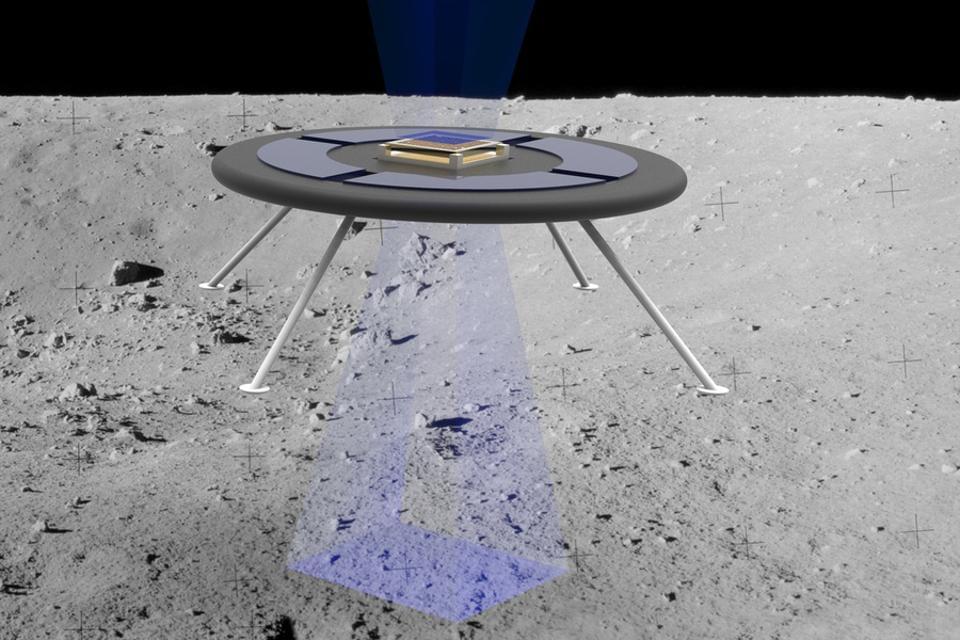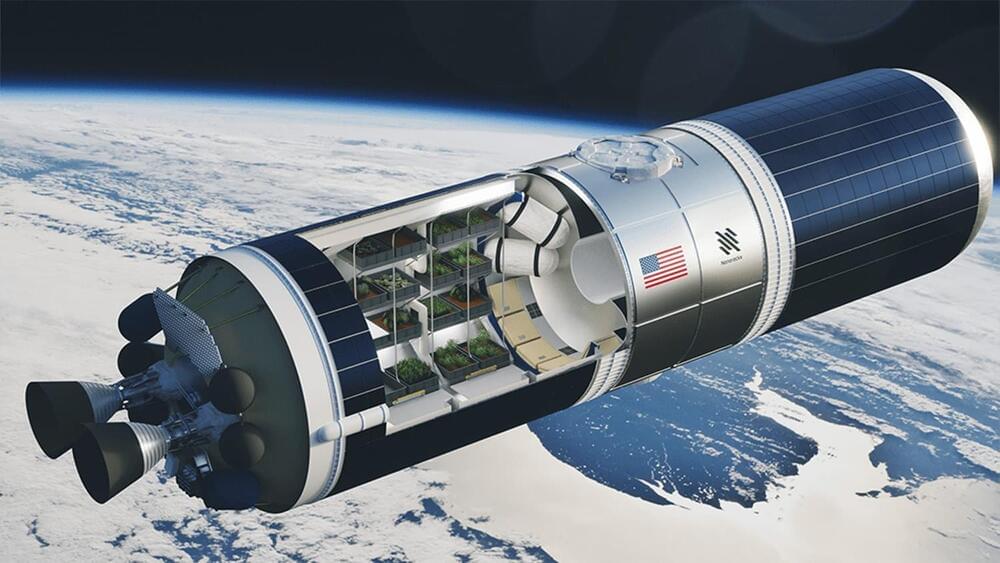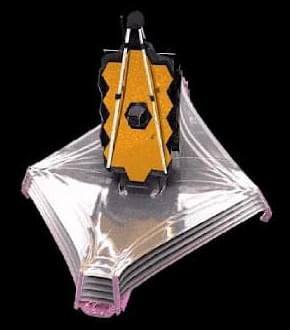When thinking of the power of the Ingenuity drone on Mars, which has done more than a dozen flights on the Red Planet to scout ahead of the Perseverance rover, imagine what it would be like to fly a similar machine over the moon.
But without a substantial atmosphere to speak of — the moon is essentially “airless” — such a hovering drone needs a completely different way to stay above ground than on Mars. The early-stage design, being developed at the Massachusetts Institute of Technology, proposes using the moon’s static charge to keep the vehicle flying.
The moon’s electrical properties are well-known to science, as it produces such qualities as hovering dust — especially at the line of daylight and darkness. Small rovers on the moon haven’t been used yet at all, although we have seen a few on the Japanese Hayabusa2 mission to asteroid Ryugu.
“That spacecraft operated around a small asteroid and deployed small rovers to its surface,” lead author Oliver Jia-Richards, a graduate student in MIT’s department of aeronautics and astronautics, said in a statement. “Similarly, we think a future [moon] mission could send out small hovering rovers to explore the surface of the moon and other asteroids.”
Full Story:





